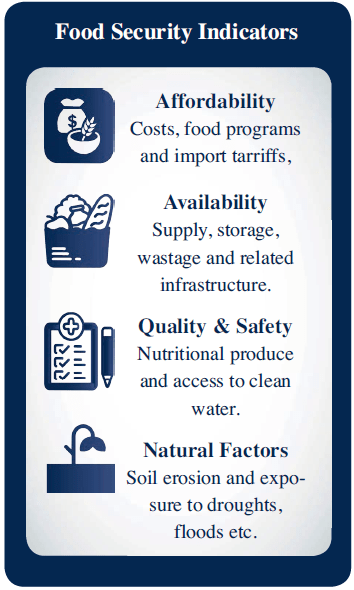MangO
Plantation Ownership Opportunity in ThailandIntroducing the “Nam Dok Mai” Mango
In Thailand, the words “Nam Dok Mai”
means water of the flower, and not surprisingly,
it is one of the most exceptional and
sought after mango varieties in the World
both in appearance and taste. Eaten ripe, the
skin is yellow to golden in colour. The flesh
is smooth, silky and unlike other mangoes,
is not fibrous. Extremely juicy with a sweet
and unique aromatic flavour, the Nam Dok
Mai is the epitome of all Mangoes. The fruit
can be eaten fresh, and is also ideal for
adding to fruit salads, warm dishes,
desserts, and smoothies.
The Nam Dok Mai is the most popular
mango variety in Thailand that is grown
commercially. The Nam Dok Mai tree is
medium-sized and can reach heights of over
six meters. It is an early-midseason mango
variety, with the ability for multiple harvests
in a year and each Mango fruit weighs in at
approximately 400 grams.
Nam Dok Mai trees are mature enough to
yield fruit after just four years. The harvest
time for Nam Dok Mai mangoes is 90 to
100 days after the flowers are fertilized.

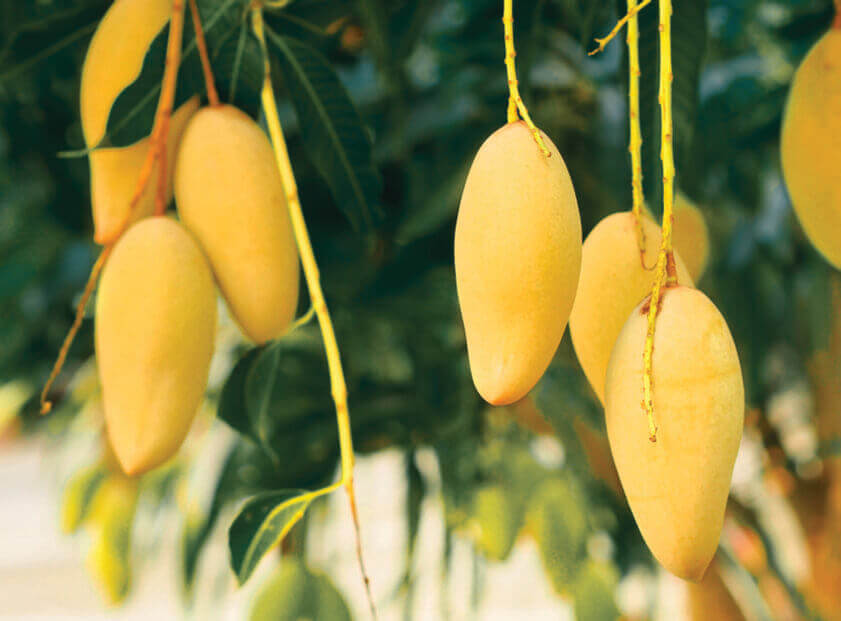


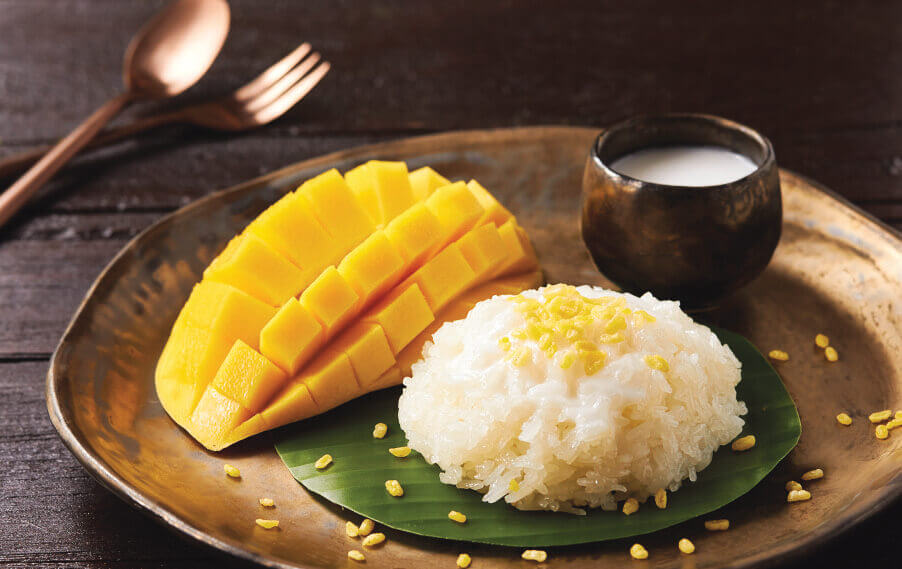
Mango Plantation – Project Rationale
The mango sector of Thailand is an exceptional
opportunity for investors.
Nam Dok Mai Mangoes from the Thailand are world renown for their sweet taste withstrong overseas demand. Significant price premiums have existed for years and Thailand has fully capitalized on it, establishing itself a 17%+ market share of all global mango
exports.
Mangoes are Thailand’s largest fruit industry, with the production of 1.6 million tons produced annually of which the majority of the production is consumed domestically.
Nam Dok Mai Mangoes currently retail domestically in Thai supermarkets for USD 3-4 per K/G and for 3x this amount internationally. Thai mangoes retail in Japan and South Korea for over 10 USD/KG.
Mangoes from Thailand
#1
Most Exported
fruit
Mangoes are
Thailand’s #1 Fruit
export.
17 % +
Market
Share
Thailand dominates
the world’s Mango
export market with a
17% + market share.
3x
More Profitable
Overseas
Thailands Mangoes
are sold internationally
for 3x more than they
are domestically.
Executive Product Summary
The Opportunity
- 15.76% average annualized harvest yields from domestic sales at
just $2 per KG. - Export sales prices at $2-4 USD/KG.
- Pre-agreed domestic & international sales agreements are in place.
- Harvest Guarantee Insurance is provided.
- Grown alongside our own company owned trees.
Demand
- Mango imports are rising tremendously. Since 2015 imports are up strongly in: Eastern Europe (60% p.a), North Africa (22% p.a), East Asia (22% p.a.) and Europe (13% p.a.).
- Mangoes are one of the most consumed fruits in the world. Annual consumption is up to 2x more than peaches & nectarines, pears and 5x more than strawberries.
- Export prices for mangoes from Thailand are up to 3x more profitable than domestically due to high International demand and limited supply.
- Thailand’s Nam Dok Mai Mangoes are selling for over 10 USD/KG across Asia.
Export Infrastructure
- Thailand dominates the world mango export market with a 17%+ market share (Tridge Mango Intelligence)
- The Si Racha seaport is less than 30 minutes from our plantation and the port of Bangkok is 2 hours away, giving us a very fast from “Harvest to Ship” time ratio.
- Thailand has direct transit lines to Singapore, Malaysia, South Korea and China, guaranteeing speed to market and freshness.
Yields
- Our mangoes are harvested as early as Year 4 with intercropping returns paid out as early as Year 1.
- Harvest yields per acre are up to 2x higher than average yields in Thailand.
- Export orientated and non GMO strategy enables higher yielding harvest sales.
- Expected average annualized harvest yields of over 15.76% if sold only domestically at just 2 USD/KG with a 0% pricing inflationary increase.
Security
- Harvest Guarantee Insurance is provided in your management agreement for the entire 25 year life-cycle of your plantation.
- Pre-agreed offtake sales agreements are in place.
- Collaborations with nationally recognized and leading mango specialists in Thailand.
- Export focused production aimed at ensuring higher priced income streams.
Management
- Experienced management team that has been involved with the sales marketing of agroforestry products across Asia, the Middle East, Africa and the Americas.
- The Thailand based scientific advisors to our mango plantations are nationally renowned and have over 20 years Nam Dok Mai mango experience.

The advantages of OUR PARTNER
Our partner is perfectly positioned to
export mangoes from Thailand to Asia & Europe via
their vertically integrated distribution chain.
They Plant, They Grow, They Sell.
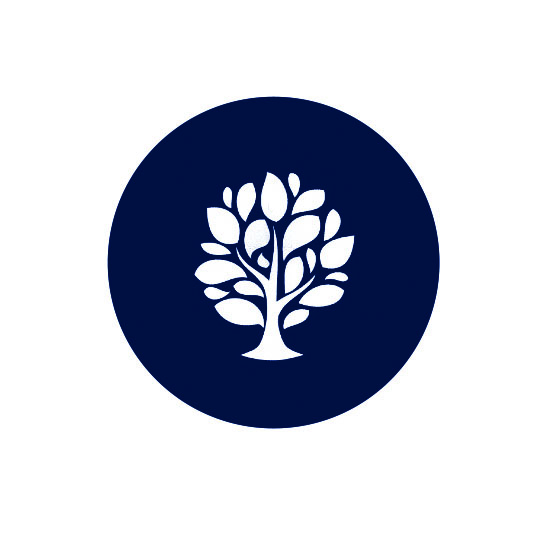
Experience Matters
Our parnter’s mango team in
Thailand comprises leading agronomists and
the country’s top Mango experts.
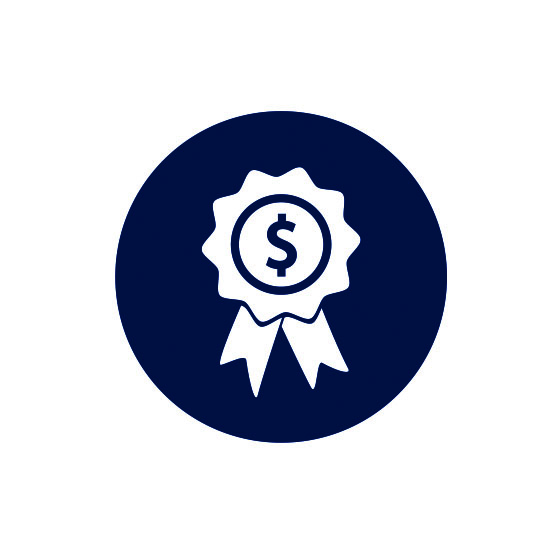
Sales Price Guarantee
You are contractually guaranteed a minimum
2 USD/KG for the mangoes from your trees.

Export Agreements
Export agreements are already in place via our
own and third party distribution networks.

Distribution Network
By controlling the distribution chain from A-Z,
we guarantee that we can achieve the best
possible prices.
Global Mango Demand
- Mangoes are one of the world’s most consumed fruits. Annual consumption is 5x more than strawberries.
- Export markets are underdeveloped with world trade accounting for only 4% of production. 96% of total production is consumed domestically.
- Mango demand is rising dramatically in Eastern Europe, North Africa and East Asia.
- Demand for Nam Dok Mai mangoes is particularly high due to their unique flavor.
Global Mango Imports

Annual Mango Import Growth (2017 – 2020)

Global Fruit Consumption Comparison
Mangoes are consumed
5x
More than Strawberries
2x
Morethan Pears and Peaches

- Mangoes 100%
45 056 434 MT

- Tangerines & Mandarins 80%
33 414 216 MT

- Melons 75%
31 948 349 MT

- Pineapples 70%
45 056 434 MT

- Peaches & Nectarines 65%
45 056 434 MT

- Pears 55%
45 056 434 MT

- Strawberries 45%
45 056 434 MT
Global Mango Exports
- Thailand is the world’s largest mango exporter with 17%+ market share.
- Thailand has a very well established supply chain export management systems in place.
- The Thailand based scientific advisors to our mango plantations are nationally renowned and have over 20 years Nam Dok Mai mango experience.
- Plantations located near U-Tapao International Airport and see ports of Si Racha and Bangkok for expedited times from “harvest to market”.
- Most of Thailand’s mango production are sold is fresh fruit in the domestic market.
- Thailand’s Nam Dok Mai mangoes retail for over 10 USD/KG in Europe & Asia.
Top Mango Exporting Countries

* The Netherlands is considered a re-export hub for central Europe.
Mango Product Diversification
The globalization of mango production and consumption is a relatively new phenomenon in the West. According to the United Nations, over the past ten years, trade in mango products have tripled to over USD 2 billion per year.
Mango products include fresh fruit and processed ones including dried, frozen, puree, beverages and sweets & desserts. Risk mitigation in the Mango sector is uniquely positive due to the fact that the Mango has multiple end uses. If of one of the end uses falls out of favor, the remainder end uses will quickly take up any slack.
This document focuses exclusively on fresh fruit exports and only barley touches on the processed food and skincare sectors, which are both multi-billion dollar industries.
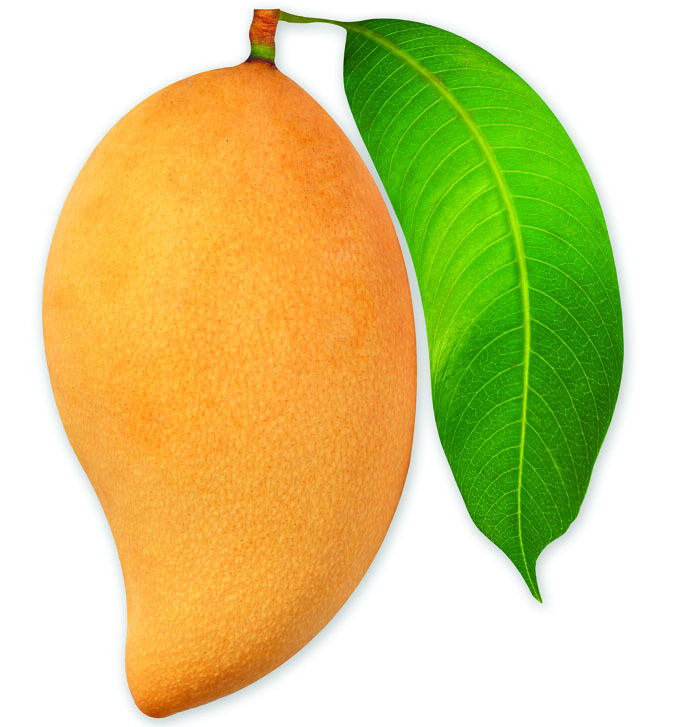
Over the past 10 years wholesale trade in
mango products alone has more than tripled, rising on average 12%
- Fresh Fruit
- Dried
- Puree
- Beverages
- Sweets & Desserts
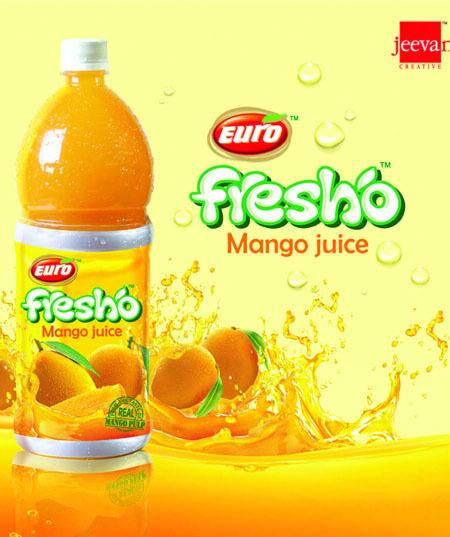


How Does Mango Plantation Ownership Work
Land Preperation
Land clearing, leveling, soil work, irrigation and other preparation services are conducted to make sure land is optimal for mango growth.
Sapling Nursery & Planting
Saplings are grown in a nursery until they are ready and resilient enough for planting on site.
Management & Harvesting
Trees are managed and monitored continuously with staff on site. Once fruit are ready they are harvested and delivered to distributers for sale.
Ownership Structure
You will receive the following:
- Tree Purchase & Land Agreement
- Tree Management Agreement
- Ownership Certificate
Also included:
- 2 USD/KG Price Guarantee
- Harvest Guarantee Insurance
- Annual Harvests from Year 1
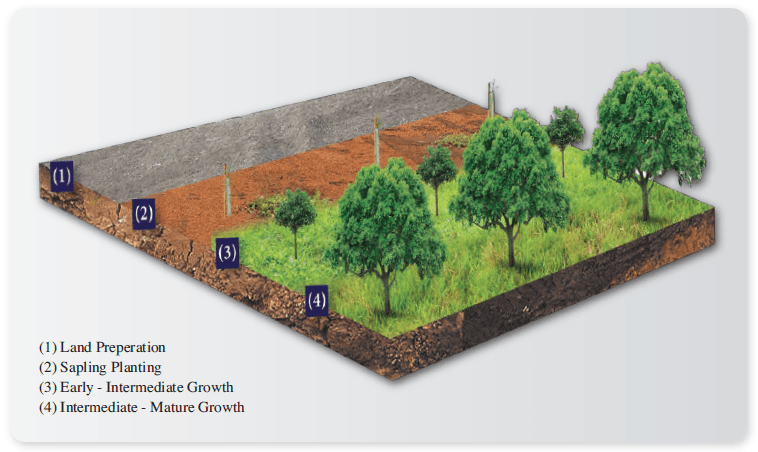
Thailand Plantations & Location
Our partner’s Mango, Agarwood and Cassava plantations are located in the town of Si Racha in the province of Chon Buri, just an hour’s drive from Thailand’s capital city of Bangkok. Soil and climatic conditions in Si Racha are ideal for agriculture, with over 85% of all arable land currently being cultivated.
All our plantations are ideally positioned for exports. They are close to U-Tapao International Airport and both the ports of Bangkok and Si Racha, the two major shipping ports of southern Thailand.
Also Bangkok is just a 19 hr 30 min (1,425.4 km) drive from the Malaysian Border, where our partner’s Malaysian subsidiary will act as the primary distributor for your mangoes in Malaysia.

Entry Prices & Harvest Yields

Annual Harvest Yields

25 Year Mango Harvest Outlook
The following is a summary that details your Mango plantations harvests, over its entire 25 Year life cycle.
Sapling Survival Rate 100%
Saplings are grown at our nursery and transplanted on the plantation only once fit and ready.
Additionally, the company replaces all failed plantings through its insurance policy, free of charge.
Harvest Duration 25 Years
Harvests including intercropping are annual and will continue for a full 25 years.
Weight per Fruit 400 grams
Fruit weight can range between 350-450 grams, dependent on natural and biological factors.
Harvest Fee 20 %
20% harvest fee deducted from your annual gross harvest proceeds (20/80 split)
Guaranteed Price 2USD/KG
You are guaranteed a minimum 2 USD/KG for your Mangoes. This price is underpinned through our pre-agreed forward purchase agreements.
Retail Market Price 5-20 USD/KG
International retail prices range between 5-20 USD/KG depending on the export destination.
Price Inflation 0%
Price inflation has not been applied. Global inflation is approximately 3% annually, meaning prices of your fruit should realistically increase by that amount each year.
Total Harvest Yield 394,90 %
The total harvest yield includes all sales proceeds over your entire 25 year ownership term.
Average Harvest Yield 15,76 %
Average harvest yield refers to the average of all annual harvest yields, in terms of sales proceeds.
Harvest Guarantee Insurance
Our partner provides all clients with “Harvest Guarantee Insurance” in
the form of a contractual replacement warranty, this fully guarantees that should any
of their Mango trees die or become severely damaged due to any of below noted factors.
Our Partner will immediately replace or replant them at no additional
cost to the client, thus guaranteeing its clients a 100% harvest.
The Harvest Guarantee Insurance includes the following:

All Mango trees are fully covered from these
risk events by our “BUFFER STOCK”


Welcome to Thailand


Population: 70,000,000
GDP: USD 544 Billion
Time Zone: GMT + 7



Thailand Foreign Investor Overview
Travelling to the kingdom of Thailand is no longer limited to just shopping and tourism.
Thailand is rapidly growing its economy and is inviting people from around the world to make investments in various business sectors including agriculture.
The Thai government has always believed in a free and open economy and is globally acknowledged for its ease and clarity in dealing with foreign investors.
According to a recent World Bank report, Thailand is ranked 13th. from 181 countries in the category of easy business performance.
Over the last decade, foreign direct investment into Thailand has a positive upward trend and the current Thai government has created and opened up multiple opportunities for foreign investors.
Points forts pour les investisseurs en Thaïlande
- Superb Location in the heart of Asia
- Investment Welcoming Thai Government
- Young and Dynamic Workforce
- Open Foreign Direct Investment Policies
- ASEAN Free Trade Association
- Investor Protection Legislation
Thailand Foreign Direct Investment (FDI) Applications by Country 2019 – 2020

Portfolio Diversification

Modern portfolio theory is a key financial theory which attempts to maximise returns relative to risk by constructing a diversified portfolio of assets. A diversified portfolio is created by selecting unique uncorrelated asset classes. This can help reduce risk and increase returns.
Our partner adds another layer to this theory by providing a product which in itself is diversified. Mangoes can be converted into a variety of different products which mitigates risk further, and is essential to having a truly well balanced portfolio.

Fresh Fruit

Frozen Fruit

Ice Cream

Beverages

Chips & Crackers
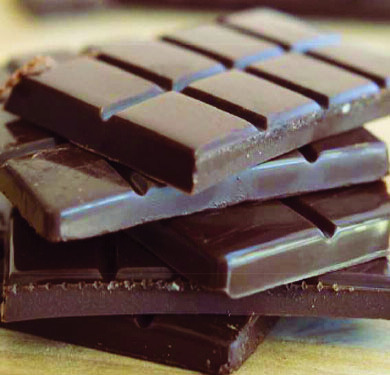
Chocolate

Cakes & Pastry

Candies
Agriculture as an asset class
The agricultural industry is worth over USD 8 trillion.
This is comparable to all gold ever mined on earth.
Forbes, “The Biggest Investment Opportunity
You’ve Probably Never Heard Of “
1/3 of Global GDP
Agriculture falls under the broad asset class known as “real assets”which are physical in nature and provide hard tangible ownership. Other real assets include real estate and commodities such as gold.
Agriculture as a sector has been rising in prominence over the past decade reaching over 8 USD trillion in value. To put this figure into perspective it is comparable to all the value of all gold ever mined and the global professionally managed real estate industry. Additionally, the sector accounts for approximately 30% of global GDP.
70+ USD Billion AUM
Between 2015 and 2020, the asset size of investments specializing in food and agriculture assets jumped from USD 24 billion to 73 billion, growing 25% p.a. The majority of investment into the sector is through indirect exposure holdings. Over 60% is held via commodities, futures and equities.
In terms of physical ownership, almost all investment at the moment is privately owned with institutional investment surprisingly only 0.50% of the total value. This is slowly changing as savvy institutional investors are beginning to take notice of this sectors appeal. For most investors however the sector remains fragmented, confusing, and costly to enter.
Asset Class Performance
Agriculture has become an attractive investment destination for a number of reasons.
Most important of all are the strong market fundamentals in support of the sector, on both the demand and supply side. An increasing population, changing demographics, reductions in arable land and climate change have led to an urgent need for more food and increased productivity.
Investments into the sector have surpassed
USD 70 billion, rising 24% p.a. since 2012.
Valora Advisors, 2018 Global Food &
Agriculture Investment Outlook
Agriculture has historically outperformed other asset classes including stocks, bonds and real estate. Agriculture has yielded 13.69% since 2000 with a standard deviation of only 7.58%.
Agriculture vs. Other Asset Classes (2000 -2020)
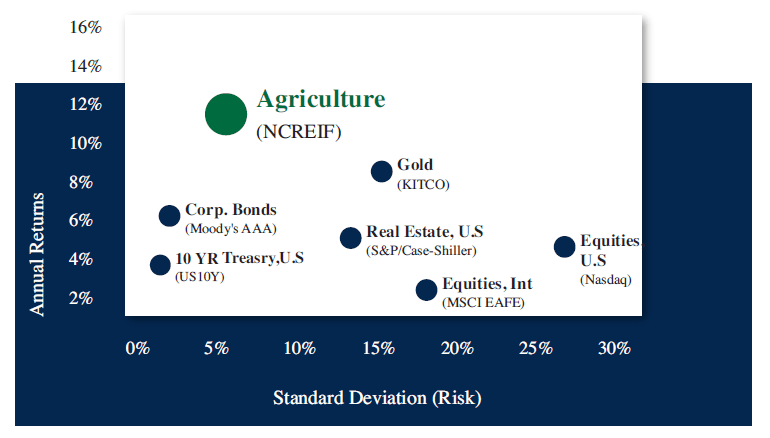
Quick to mature, permanently in high demand, and always profitable. Agriculture is one of the most safest and secure ways to hedge your portfolio against market volatility. No matter what happens in the world, people will always need food.
Key Asset Class Benefits
Returns
Agriculture has outperformed most assets throughout history, particularly on a risk basis i.e. volatility.
Inflation Protection
Food prices rise with inflation. As a result, agriculture is a good hedge against rising prices.
Diversification
Agriculture has low correlation to traditional Diversification assets such as stocks and bonds.
Limited Economic Cycle Relationship
Food demand is driven by rising populations. Unlike traditional assets, it is less related to economic crashes.
Biological Growth
Biological growth is unrelated to the performance of the economy. Trees keep growing and increase in value as they age.
Food Security & Sustainability
70% more food will be needed by 2050 to feed the worlds rapidly expanding population.
Food and Agriculture Organization of the United Nations
Food along with water and air is essential for human life. High levels of food security are necessary for human existence but it is also imperative to global and country specific economic growth, stability and prosperity.
Low levels of food security place significant stress on government expenditures and populations. It forces governments to invest substantial resources in the short-term through programs and subsidies. It also increases their reliance on food imports which is detrimental to long term food self- sufficiency. The FAO has reported that high rates of malnutrition can lead to a GDP loss of as much as 4-5%.
There will be 9.6 billion people in the world by 2050, that will require more than 70% more crops than we have today. This combined with a reduction in arable land and the effects of climate change means drastic change is needed. Significant investment is required into the agricultural sector in terms of capacity and more efficient sustainable methods of production.
